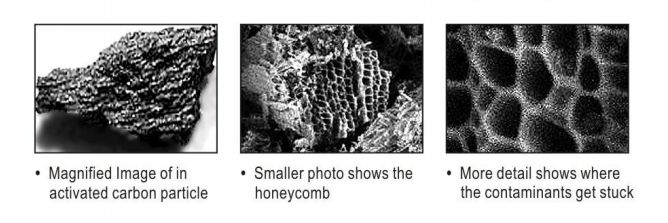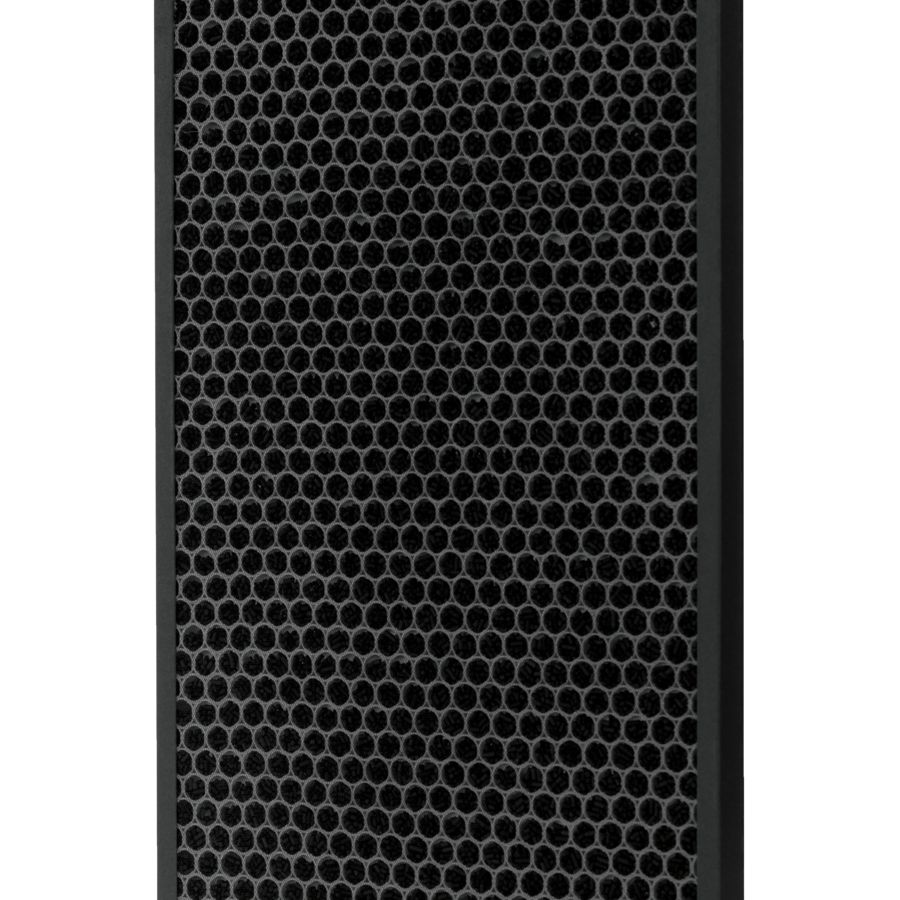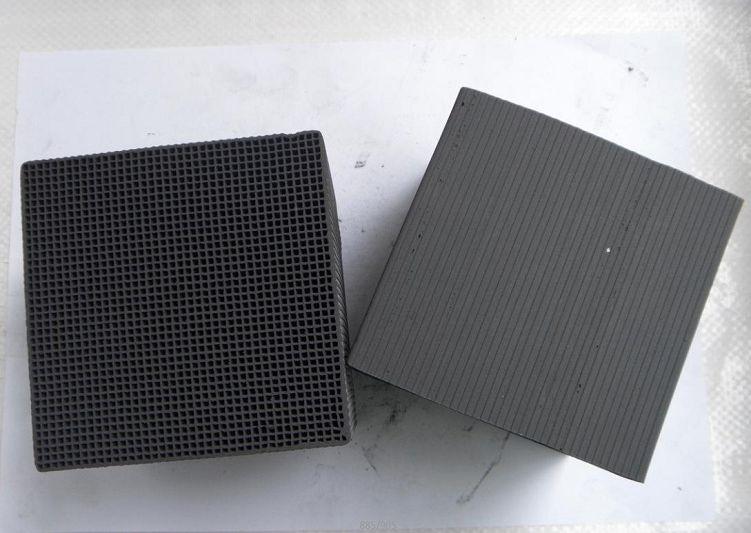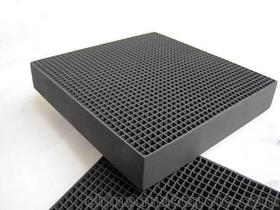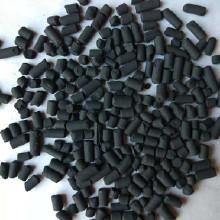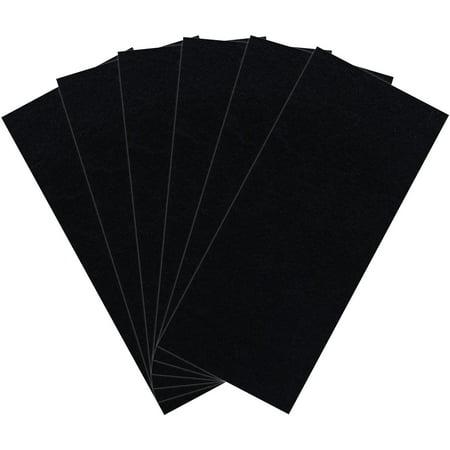Activated Carbon and Activated Carbon Filters – What You Need to Know
Activated carbon filters behave as sponges and trap most airborne gases and odors. Activated carbon is charcoal that has been treated with oxygen to open millions of small pores between the carbon atoms. These pores adsorb harmful gases and odors. Due to the large surface area of the carbon granules, carbon filters are excellent at trapping gases that pass through traditional particle filters. However, as the pores become filled with trapped contaminants the filters loose effectiveness and will need to be replaced.
Pictures of activated carbon tell the story how it purifies
The Capacity of Activated Carbon
Activated carbon adsorbs to its surface. When there are no more surfaces left to adsorb to the carbon, it is depleted of its capability to be effective. Large amounts of carbon will last longer then small amounts because it has larger amounts of surface area for adsorption. Also, depending on amounts of pollutants being adsorbed , a small amount of carbon can be depleted within week slaking it useless.
The Thickness of An Activated Carbon Filter
The more contact time the activated carbon has with a pollutant ,the better chances of it adsorbing it. The thicker the carbon filter the better its adsorption. If the pollutant has to go through a long maze of activated carbon its chances are also greater of being adsorbed
A granular Activated Carbon or A Pad Impregnated with Carbon
Granular Activated Carbon is more effective then a 1 ” or 2 ” thick impregnated carbon pad. Granular activated carbon will have much more surface area for adsorption than an impregnated pad . Also , an impregnated pad will have to be changed much for frequently then a canister of activated carbon . Keep in mind that the contact time the carbon has with a pollutant is less in a pad so its adsorption rate is also less.
Activated Carbon Air Purifiers
Activated carbon has been known as a miracle filter media by many researchers because of its unique ability to remove offensive tastes , odors , color , chlorine and volatile organic chemicals, pesticides and tri-halomethanes ( a group of suspected carcinogens ) . Briefly , activated carbon acts like a sponge, With a large surface area to absorb contaminants in the water. Many scientists believe this is a result of affinity that these chemicals have for carbon because of Van Der Waal forces. Activated carbon is the preferred treatment and method recommended by the EPA to remove a host of potentially hazardous and possibly carcinogenic chemicals in the air we breathe.
Airdow has rich experience in activated carbon filtration technology, including activated carbon fiber board filter, activated carbon granular pad. Welcome your inquiry!
